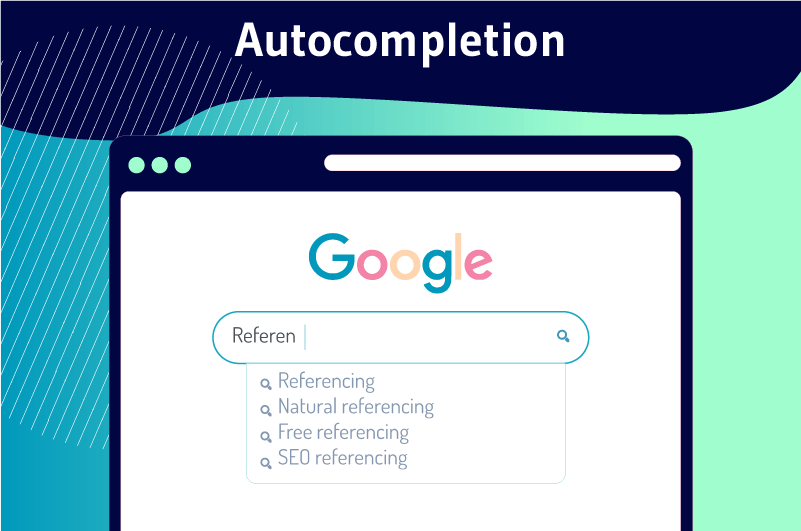Autocomplete autocomplete, also known as “auto-suggest” or “autocomplete”, is a search feature that automatically provides suggestions to complete the word or phrase a user enters in a text box. It is usually associated with search engines, although it can also be used in other contexts. Google particularly uses this feature through its Google Suggest and Google Instant services to allow users to limit the time it takes to type their queries
When you type the first few letters of your queries, Google offers you suggestions to simplify your task
However, if you pay a little attention, you will see that this feature is not specific to the search engine
In fact, the auto-completion feature is present in many software programs and has many advantages
One of the questions that often comes up is where do these automatic suggestions come from and why are they important for SEO?
Discover in this article a clear answer for a better understanding of autocompletion and how it works.
Chapter 1: What is autocomplete and how does it work?
1.1 What is autocomplete?
You have probably already noticed the suggestions that search engines present when you start typing a word or phrase. These suggested completions for words, phrases or sentences are called autocompletion or automatic completion.
It is a computer feature that is programmed to suggest a complement of information that may match the character string the user is typing. The main function of autocompletion is to allow the user to limit the number of characters to be entered with his keyboard before launching his search.
It is integrated today in most software and is mainly used by :
- Word processing software such as Microsoft, LibreOffice ;
- Web browsers such as Chrome, Firefox, etc;
- Search engines like Google (Suggest, Instant), Bing, etc.
- Command interpreters;
- Command editors;
- Programming software (Eclipse, Emacs);
- Intuitive inputs integrated in smartphones;
- And so on.
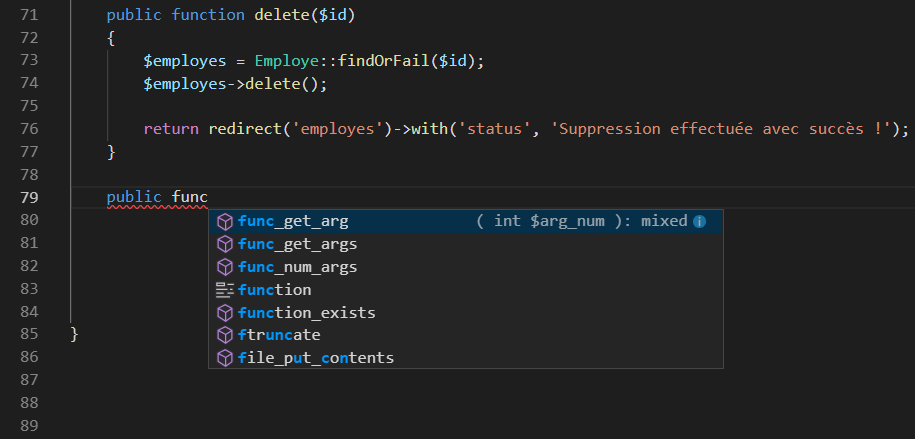
Indeed, the automatic completion uses data and information related to the user
It commands the dedicated software to make predictions or to suggest the word or expression with a high probability of being typed by the user before the latter manages to write it in full
To make the suggestion, autocompletion can take into account;
- Words or phrases previously typed by the user in the same document or during a previous document edition;
- A set of words or expressions, or even a personal dictionary pre-defined by the user with the same software;
- The features of the application or software such as bookmarks in a web browser, databases, files in a folder, etc.
1.2. 03 different forms of automatic suggestion
Generally speaking, there are 3 varieties of autocompletion
1.2.1. Basic automatic suggestions
This is a basic form of autocompletion that can be found in applications that provide a finite list of items such as a contact directory or a list of regions
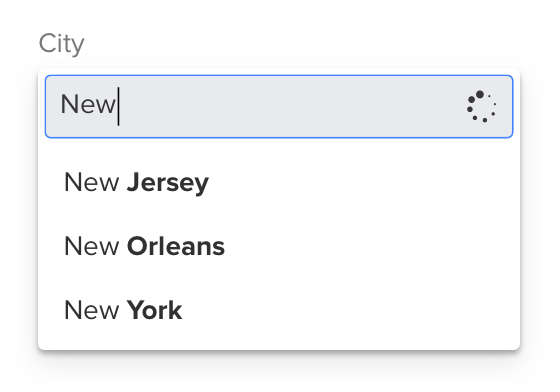
This form of autocomplete is especially useful on small screens where keyboard input is a bit more difficult. And it must be said that with more than half of the Net’s traffic taking place on smartphones, autocompletion has become a much-needed convenience
1.2.2. Semi-automated input suggestions
This form of autocompletion goes even further than the previous one. Here, not only do the suggestions offered anticipate the user’s search intent, but they also help the user find other useful search terms that they had not thought of before.
It’s no longer just about suggesting strings, but also about adding new relevant ideas that might interest the user
This form of autosuggestion is mostly encountered for fairly generic search types such as “UX” for example

1.2.3. Instant results
In some cases, autocompletion can take the form of a drop-down list of search suggestions redirecting to the corresponding information directly from the semi-automatic input
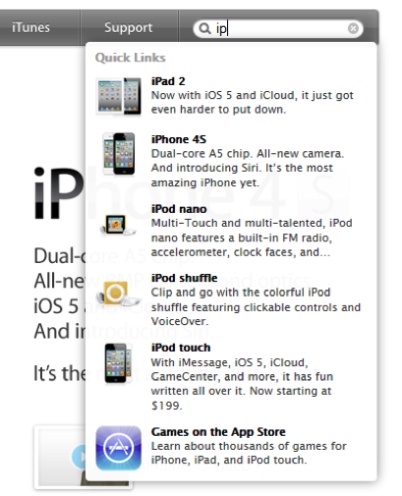
This form of autocompletion is most useful for search items that the user already knows, such as searching for a specific product on an e-commerce platform
Autocompletion in the form of instant results can be even more useful when thumbnails are provided to accompany each answer item.
1.2. what are the benefits of autocomplete?
Using autocomplete can be beneficial in several contexts. By presenting suggestions for a word, phrase or sentence complement that might match the sequence of characters the user first enters, autocomplete helps to
- Save the user time by increasing the pace of typing;
- Avoid typing errors by proposing character sequences without human intervention;
- Save time for the user by avoiding the need to correct mistakes in the document;
- To help people with disabilities to type easily;
- Guide users to discover the breadth of your offerings such as displaying product categories or content that may be of interest to users;
- Improve the user experience by quickly and easily providing the user with what they are looking for;
- And so on.
Basically, autocomplete makes it easier to interact with computer programs or cell phone applications by speeding up input. This feature also helps to avoid typing errors by suggesting characters that respect the rules of grammar, spelling and conjugation
This last quality is often noticed when typing long words or sentences.
1.4. The disadvantages of autocomplete
Although auto-completion guarantees a better user experience, it also has its drawbacks
- Can confuse the user to the point of sometimes causing them to abandon their session when autocomplete is poorly configured and does not provide the suggestions the user was expecting, the user may feel confused and decide to leave the page
- Can cause the theft of sensitive data in case of computer attacks when a hacker accesses the user’s usual browser, for example, he will be able to connect easily to all his accounts since the autocomplete will provide him with the login and password. Even worse, banking information can be stored in the browser
This is why organizations like Owasp.org advise users to disable autocomplete to prevent web browsers from caching sensitive data on the client side
1.5. How does autocomplete work?
1.5.1 Keyword autocompletion
This method consists of suggesting options based on previous searches saved by the search engine in a database defined by person profile
Keyword autocompletion can also be done by considering the repetition of the same word in a text or a document. For example, if you are used to typing “Twaino” in the search bar of a search engine, the next time you want to type “Tw”, the browser will propose “Twaino” as a probable autocompletion option
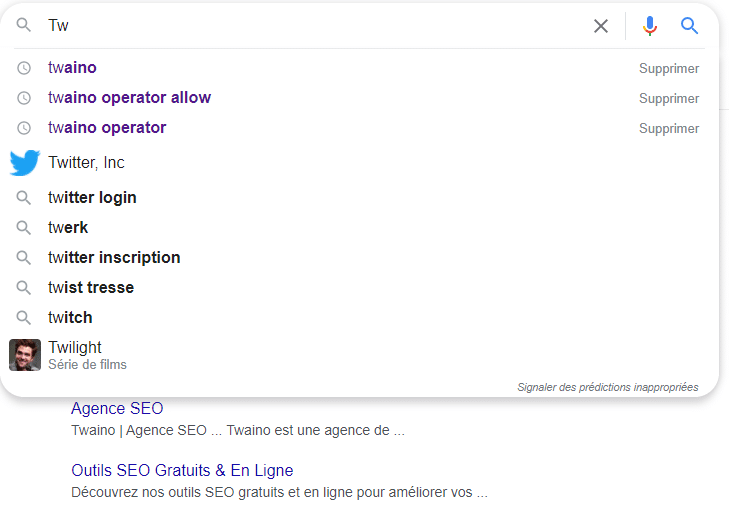
It should also be noted that the context in which words are displayed is also a factor that can influence automatic suggestions.
The string suggestions from keyword autocompletion are often very approximate to the user’s query. However, this method often runs into the problem of handling new words used by the user in the text
In addition, it often lacks semantic information that would allow the feature to understand the user’s intent in order to provide options. Autocompletion by keyword search is mostly limited to these two cases.
1.5.2. Autocompletion by semantic recognition
Semantic autocompletion differs from the first method in that it takes into account the meaning of the words or expressions used by the user
Indeed, to propose complements, this method considers first the recognition of the keywords used previously in the search or in the input of a document.
In addition, it uses a semantic analysisit also uses a semantic analysis, an interpretation of the meaning between the words entered by the user and the words it is about to suggest
For example, the semantic recognition auto-completion method takes into account many dimensions of synonymy and can distinguish between the verbs “modify” and “change”
With the semantic method, the different formulations of sentences and expressions can be understood and processed to finally propose options that respect the intention of the surfer or user
Chapter 2: What is Google Suggest?
Google’s autocomplete predictions have been around since 2004 and have become unavoidable in queries
This functionality suggests queries to Internet users and thus becomes a means or a powerful tool of visibility for companies and put forward by Google during suggestions.
2.1 Google Suggest : Definition
Google Suggest is a semi-automatic input feature of Google. It allows Google to suggest queries to users when they start typing words in its search bar
Indeed, Google suggest systematically proposes options to complement the words or expressions already entered by the user. The objective is to allow users to limit the length of the input and to have a faster access to the searched information
2.2. Factors that influence Google Suggest proposals
Google Suggest suggestions come from an analysis based on various Google searches.
Generally, the options suggested by Google Suggest when a user starts a query are influenced by :
2.2.1. The geographical data and the language used by the user
In order to propose predictions that are relevant and adapted to the search of each user, Google uses the language in which the query is entered. The geographical location is also a factor that influences the predictions
It allows Google to locate the user and interpret his needs. When we take the example of two Internet users, one located in France and the other in Ontario, Canada, you can see that the predictions suggested by Google following the query “driving test” are quite different.
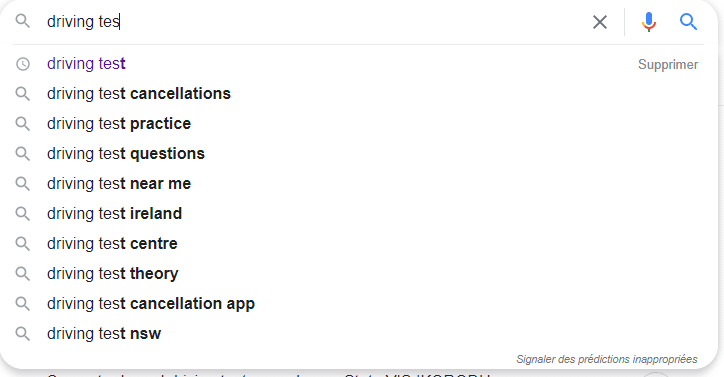
2.2.2. Queries related to news trends (Google trends)
Recent events are also factors that influence Google predictions
As soon as Google’s automatic update systems come across a news item or topic that is of high interest to most Internet users, Google will display this topic as a prediction even when it is not necessarily related to the user’s needs.
For example, soccer fans often make searches that include the name of their favorite team or rather a specific game. However, the day your team wins a very controversial match, Google will take into account the freshness of the news about this match to display the predictions as soon as you start typing words related to the team
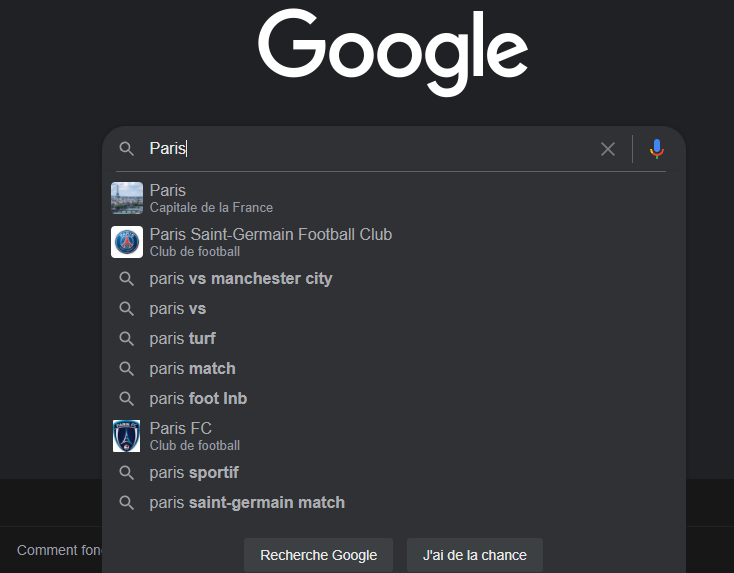
2.2.3. The user’s browsing and search history saved in a database.
The daily searches we do on search engines are saved in databases. Google also uses this search history to make predictions
For example, if you usually search on Google for “Google Ads marketing statistics”, the next time you type “Statistics”, Google will offer you predictions related to advertising marketing statistics.
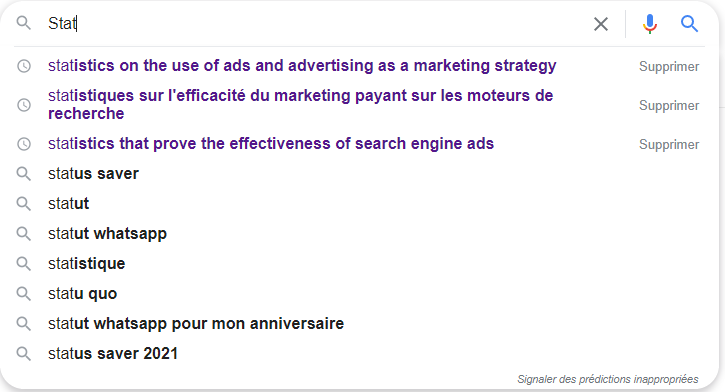
2.2.4. Words and expressions most used by Internet users in their queries.
The frequent use of a word or an expression can also be a factor taken into account by Google Suggest to display predictions
Indeed, if you tend to use certain terms repeatedly in your different searches, Google will present you next time with predictions related to the topics of your previous searches with this same term.
Some users write long search phrases in the Google search bar. In order to provide suggestions that are relevant enough to the user’s logic, Google does not take the whole sentence into account
Google’s prediction systems analyze just a part of the sentence, the part where the general idea is, in order to display suggestions.
2.3. The challenges of Google suggest for brands on the Internet
The idea of having your brand’s contact information included in Google Suggest predictions is a great opportunity for all businesses. Indeed, Google Suggest predictions not only allow to work on the online reputation of the brand, but they can also be a visibility and conversion advantage.
2.2.1. Affect or improve your brand’s online reputation
Google Suggest’s autocomplete feature can affect a brand’s online reputation in several ways. First, it can be detrimental to the brand’s reputation if the brand mismanages its communication or if it is the subject of a shady controversy.
Indeed, one of the factors Google Suggest relies on to make predictions is news. As soon as your brand name is associated with less favourable terms or facts, Google can suggest to Internet users the news that revolves around you
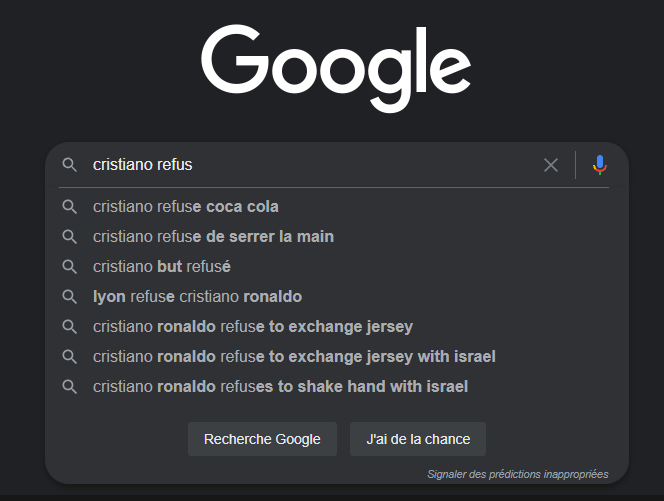
There are several ways to solve this problem If the unflattering predictions against your brand are true, it is necessary to solve the problem
Of course, solving the problem won’t stop Google’s complementing suggestions. But users will forget and stop searching for the issue over time
As the queries about the same problem stop, the predictions will also disappear.
Nevertheless, you can influence Google suggest predictions to keep your brand associated with positive terms and maintain a good image online
You can help users quickly forget about the past problem by creating a new positive buzz on which they can base their search. This new positive story that you create around your brand will interest your audience and will bring up positive predictions in Google searches
Google suggest therefore allows you to do a better e-reputation monitoring by promoting the rise of words and expressions that enhance the brand.
2.2.2. Increase your sales or service requests
Google’s autocomplete feature can allow a brand to
- to increase traffic on its website or online store and make conversions
Indeed, more than an e-reputation monitoring tool, Google suggest predictions can contribute to the increase of a brand’s sales. To do this, the brand must optimize the suggestions by bringing up transactional query terms related to it and its products. It can directly suggest flagship products, the most popular ones or even commercial arguments.
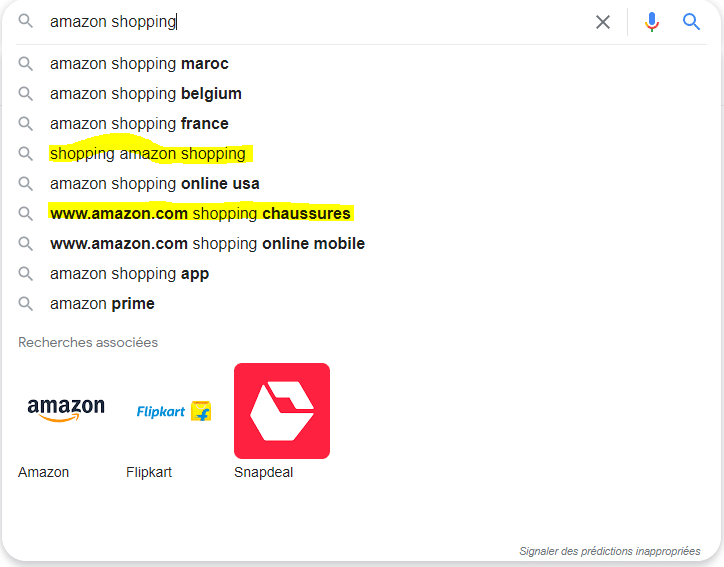
On the other hand, you also have the option of displaying your brand among the predictions of generic transactional searches. When users perform generic searches, Google Suggest links the brand to products and services to make predictions for users. Google Suggest optimization also helps generate a lot of traffic in this case.
Chapter 3: Autocompletion, an SEO tool to exploit
It is already obvious that Google Suggest simplifies the task of using the search engine. Nevertheless, the SEO advantages of this auto-completion feature are often not considered by digital marketers.
3.1. how to use Google autocomplete for SEO?
Before you start analyzing Google’s autocomplete suggestions for SEO, I invite you to first respect the following three points:
- Make sure your search history does not influence the predictions by logging out of Google. You can also use the private browsing mode;
- To see the predictions according to the location of your target audience, use a VPN if you are in a different location than your target audience. If you are in France for example, and you want to focus on people who reside in the United States, the VPN will make it look like you are also in the United States;
- Set your language settings to match the languages used by your potential customers.
These three points will allow you to receive predictions similar to those offered to your potential customers.
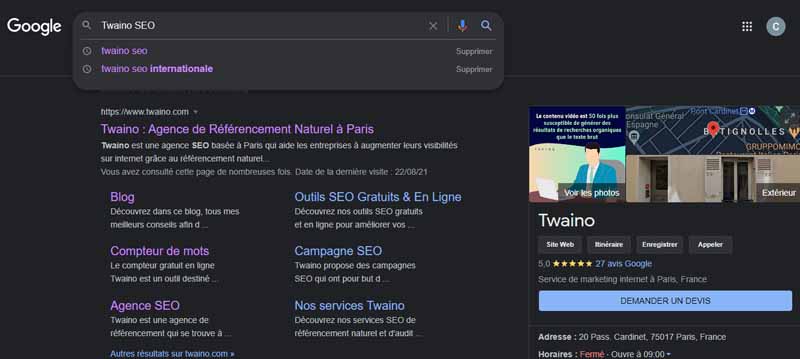
3.2. Keyword research
Here’s how you can use Google’s autocomplete to search and select keywords to use for your SEO.
- Type in a keyword and watch the predictions
Simply type in a relevant keyword related to your business and watch the predictions Google offers. This is a strategy you can use to discover long tail
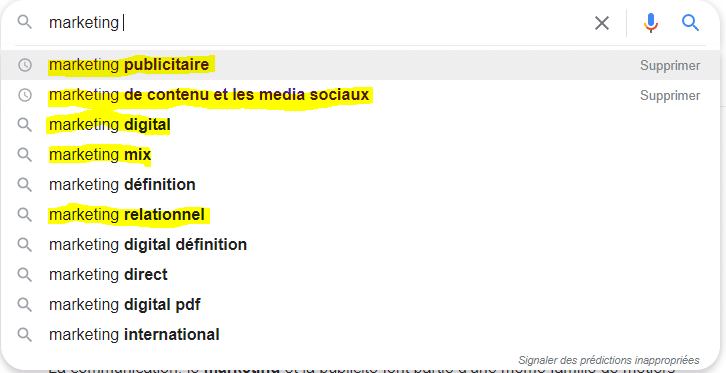
Then use an online SEO tool such as Ubersuggest, Ahrefs, or Moz Pro to analyze the relevance of these keywords and select those worth using.
- Go through each letter of the alphabet
In case you don’t want to use any of the keywords obtained in the previous strategy, I advise you to enter your starting keyword and go through all the letters of the alphabet to see what predictions come up. This technique is especially used when you are completely at a loss and need inspiration.
- Use the underscore (_) and let Google fill in the blanks
Another strategy for using autocomplete is to use the (_) character at the beginning of a sentence and let Google fill in the rest. The position of the underscore can also help you see new semi-automatic completion suggestions from Google
- Use both singular and plural keywords
When you use both singular and plural keywords, Google will present you with different predictions depending on the case. It is therefore important to try both to have different keywords to analyze.
3.3. how to make an e-commerce site user friendly with the use of autocomplete
Google autocomplete is certainly a fairly simple feature, but it is very powerful and can be useful beyond what you think
In addition to keyword research, e-reputation control, these comprehensive predictions can boost your SEO efforts.
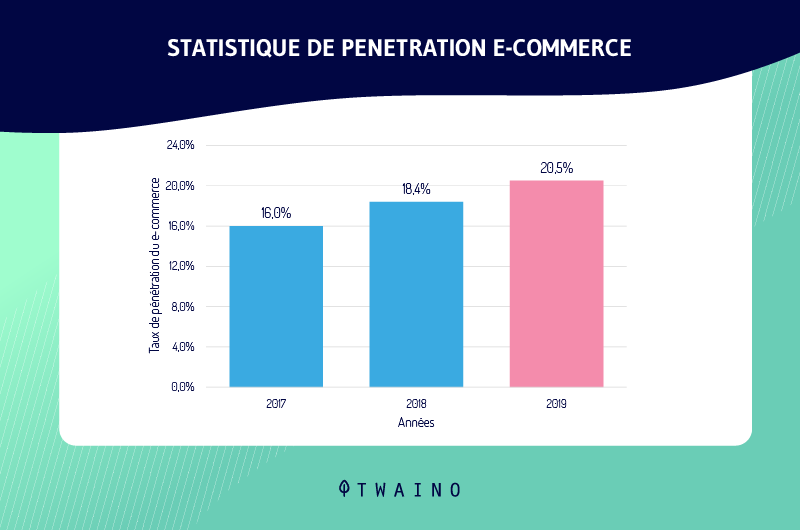
E-commerce is widespread and has become a big market in the world. Oberlo states that over 2 billion people shop at online stores each year
This development of online commerce has led to the creation of multiple online stores in recent years, hence all the competition that can be noted in the sector
With the autocomplete feature of Google Suggest, you can search for key, functional and original terms to target to set up your online store.
For example, you sell clothes, shoes, and other accessories in your online store
Your main goal is to help potential customers easily find what they want to buy. Google autocomplete can help you to:
- Highlight your most popular product categories. For example, if a user searches for “women’s shoes”, Google Suggest will offer predictions like “women’s shoes size 12”, “women’s shoes near me”, etc. These predictions mean that your customers are often looking for women’s shoes near them and in size. To increase your chances of selling, you should include these categories in your online store.
- Discover the most popular brands. When you search, “women’s athletic shoes”, Google Suggest can give you predictions like “women’s Adidas athletic shoes”, “women’s Nike athletic shoes”.
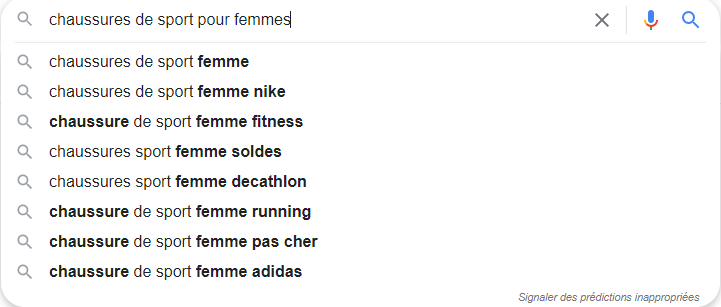
This assumes that these are the most commonly used athletic shoe brands and the ones most likely to interest your customers. It would therefore be profitable to have categories of Nike or Adidas shoes in your online store.
- Etc.
3.4. Find content topics for your SEO
Google Suggest often suggests queries regularly made by Internet users. If you want to get traffic on your website, you can target one of these queries and propose good content on it
To do so, here are a few suggestions:
Tip 1 type your primary keyword in the Google search bar along with interrogative words like what, who, how, why, etc. Try to follow the semantics and see what predictions Google suggests. From these predictions, you can get the inspiration to choose your content topics for your website.
Tip 2: Find creative angles for your next articles by associating the topic to be developed with an action verb in the search bar. Google will be able to give you such interesting and original complements. You can use as an example of action verb:
- Be;
- Build ;
- Replace ;
- Etc
Tip 3 if you are looking for related topics, you can use your keyword in the search bar with the determinant “and”. Google Suggest autocomplete will give you predictions for terms that people often associate with your keyword. For example, when you Google “Content marketing strategy and…”, Google may suggest completions like:
- Content marketing strategy and SEO;
- Increasing traffic;
- Conversion;
- Etc.”
Google’s autocomplete thus represents a source of inspiration for finding topics, and content angles that may be of interest to your target audience.
Chapter 4: Frequently Asked Questions
4.1. How do I use Google autocomplete?
Using Google autocomplete is still very easy. You start typing a keyword in the search bar and the engine will immediately provide a list of suggested terms that have already been searched for by other users.
4.2. how to activate Google autocomplete?
Autocomplete is a built-in feature of Google, so you don’t need to activate it before using it
4.3. Where does Google get its autocomplete suggestions from?
Google’s autocomplete suggested keywords are taken from the most popular search terms that contain your search term
4.4) How can Google autocomplete be useful in SEO?
Google autocomplete can be useful in SEO, especially for long tail keyword research
Conclusion
In summary, autocompletion is a feat of technology and also a very practical search assistance feature. It is a tool that makes the user experience more enjoyable. As a digital marketer, it is necessary to explore all the parameters to boost your various marketing actions. The autocomplete feature is one of its parameters that should not be overlooked.
I hope this content has given you a clear idea about autocomplete and how it works
If you have any questions or opinions to share, please feel free to leave a comment
Thanks and see you soon!

